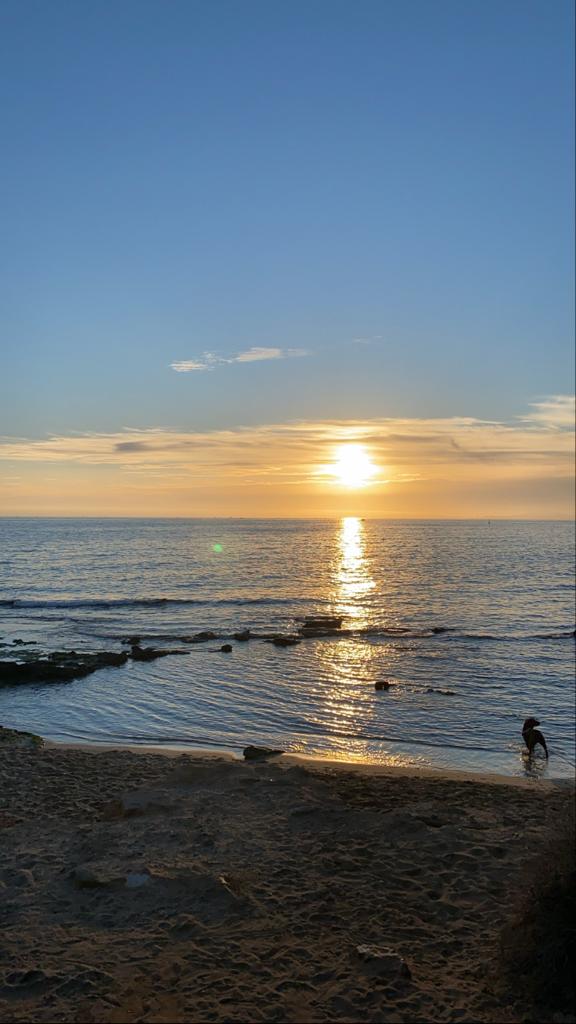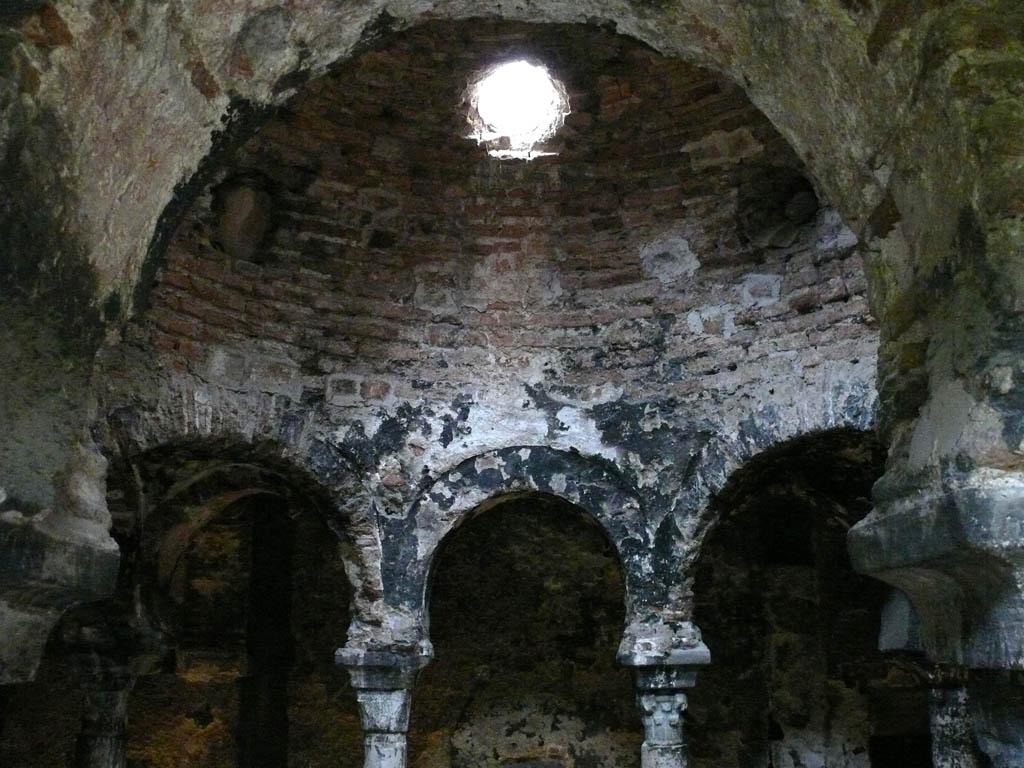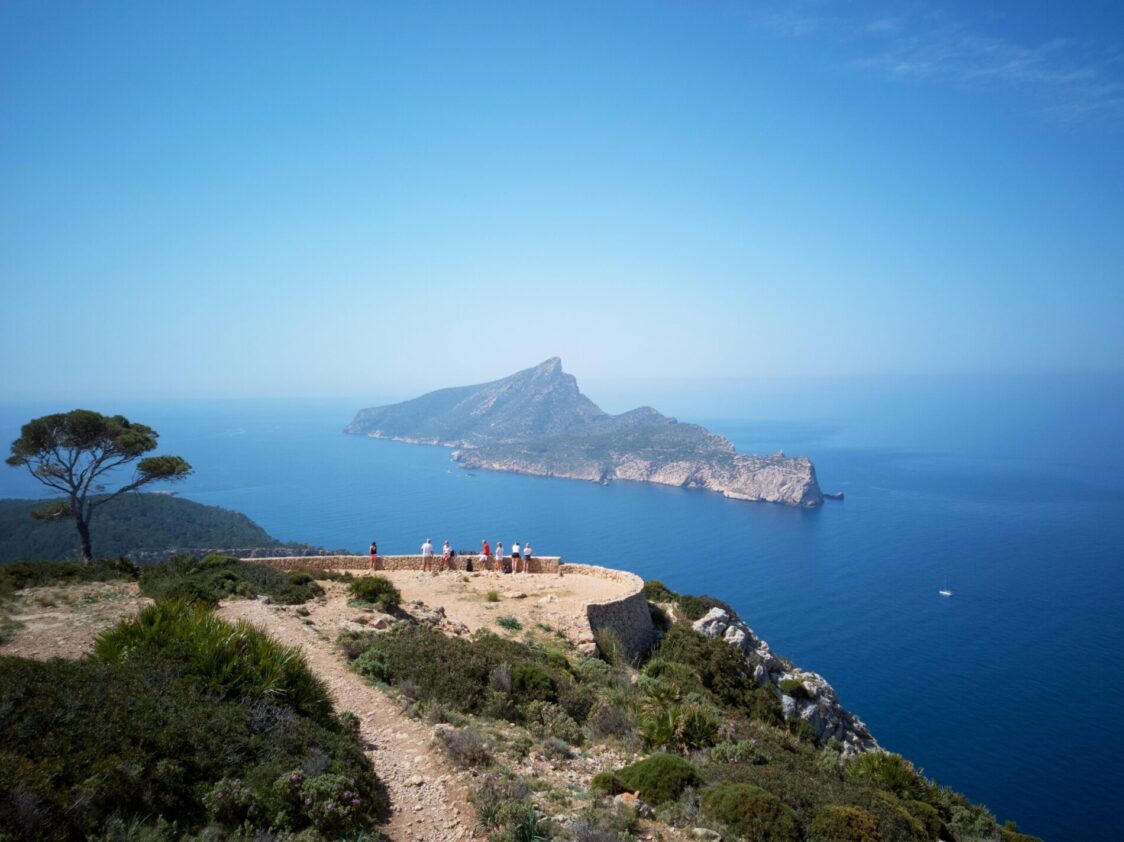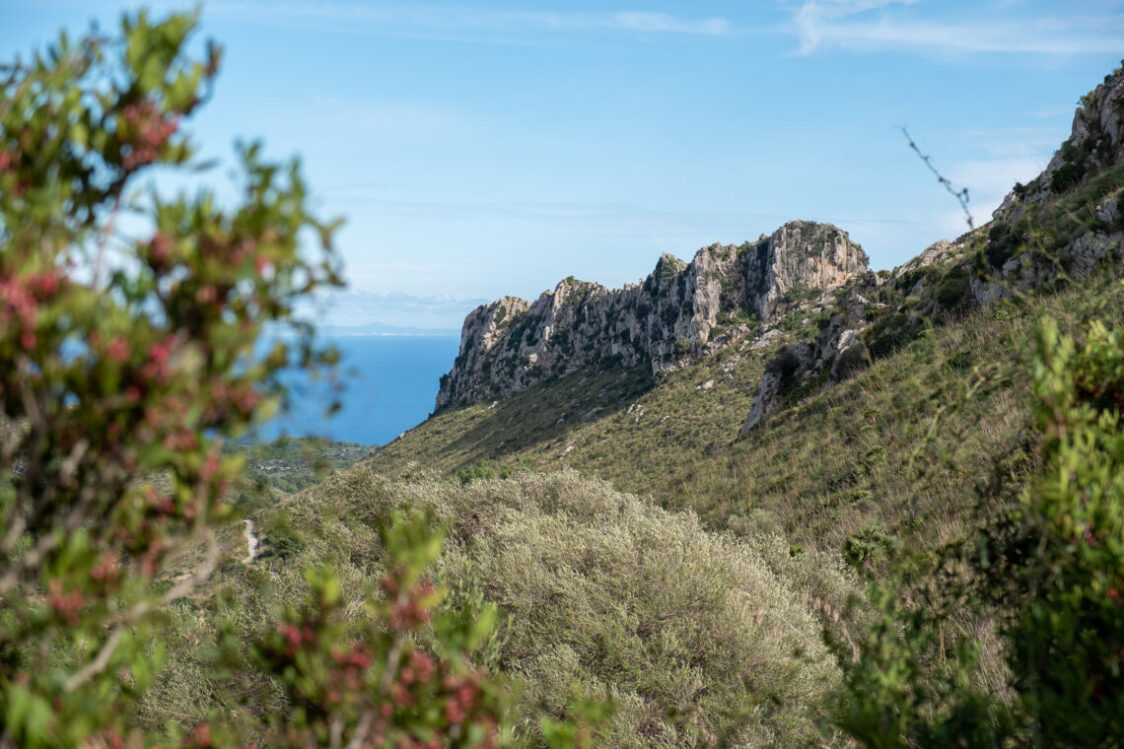More and more churches in Mallorca have revived the tradition of the Cant de la Sibil·la, a religious performance of dramatic tone and mediaeval origin that announces the end of the world. Many fans of this tradition go from parish to parish, looking for the one that offers the best quality and most realistic drama.
Without a doubt, discovering the beautiful tradition of the Cant de la Sibil·la is one of the best things to do in Mallorca. That’s why ROIG would like to tell you everything you need to know so that you can feel like one of the locals
What is “El Cant de la Sibil·la”?
The Cant de la Sibil·la (or Song of the Sybil) is a drama written in Gregorian melody in mediaeval times, which was used to explain certain points of the liturgy to the people. On 16 November 2010, this chant was declared Intangible Heritage of Humanity by UNESCO, because it perfectly depicts what Majorca was like at a certain time.
The story of the Chant of the Sibyl is one of the best legends of Mallorca and explains the life of Sibyl, a prophetess dressed in a silk cloak and holding a sword. The origin of this figure who announces the end of the world comes from classical mythology and was introduced into Christianity, adapting her message. The basic theme it speaks about is the biblical concept of the final judgement.
The song that is currently performed in the churches of Mallorca is an a cappella melody with Mozarabic origins, the lyrics of which were translated into Catalan in the 13th century. This rite is still performed in most of the 157 Mallorcan churches and has become an event in which the adult and young generations come together to ensure the transmission of the Balearic tradition to posterity.
The whole village takes part, whether it is by playing the role of cantor or officiant, or by making the costumes for the characters, or by showing support in any of the complementary tasks that are required.
The most extraordinary fact that we find in the Cant de la Sibil·la and which is the point that gives value to this element is the preservation, practically intact, of its original values. The staging and the music have undergone certain evolutions over time, in order to adapt to new times, but even so they maintain their essence and their original characteristics of the period from which they come.
Another important fact is that, given that the Cant de la Sibil·la has taken root very well in the Mallorcan population, it was decided to maintain it as a popular tradition of the region. Despite the fact that the island has been culturally invaded and tourism is its main source of income, this song is preserved as a cultural manifestation of its popular roots.
In conclusion, the Cant de la Sibil·la is a chant that was introduced throughout Europe in the Middle Ages and reached Mallorca with the Christian conquest of 1229. Today it has been preserved on the island, despite many obstacles, as an archaic vestige of a mediaeval European tradition.
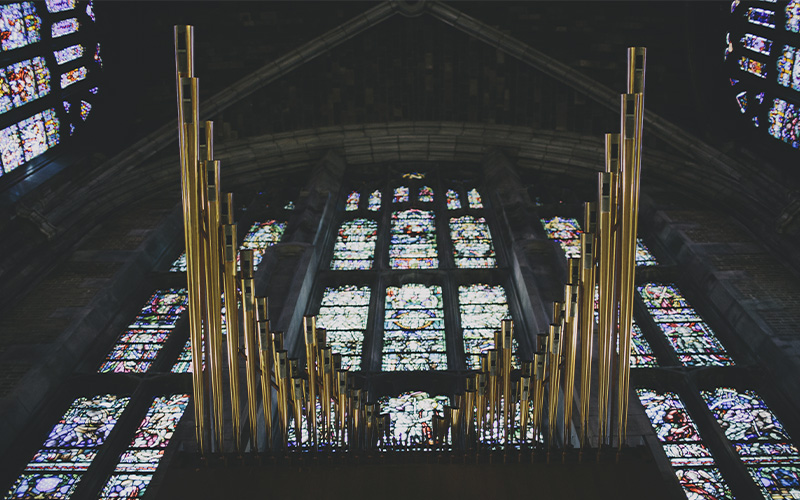

When is the Chant of the Sybil celebrated?
The date of the Canto de la Sibil·la when Mallorca is filled with music, with this ancient tradition, is the night of 24th December, during the service that corresponds to the Christmas vigil. As it is one of the festivities in Mallorca that you cannot miss, we recommend that you organise your diary so that you can be there on that day.
The song is usually sung by a young man or woman who is accompanied by a children’s choir. Throughout the singing, the children walk through the church in procession until they reach the choir area. The main singer carries a sword which he keeps straight in front of his face at all times, in commemoration of the prophetess Sibyl.
The children of the choir surround the young man with lighted candles. At the end of the procession and when the song has ceased, it is traditional for the singer to trace a cross in the air with the edge of his sword.
The main singer is usually dressed in a white or coloured tunic with embroidery on the collar and hem, as well as a cloak. The headdress is made in the same colours as the tunic.
The versions of the chant on the island of Mallorca are performed a cappella, although the celebration is embellished with a touch of organ between the two verses of the chant. This makes it a tradition that is very close to its mediaeval origins and respects as much as possible the way they did it.
Las últimas ofertas de alquiler de coche ROIG
Where to listen to the Chant of the Sibyl
Are you looking for the best place to see the singing of the Sibyl? In Mallorca there are a total of 157 churches, of varying sizes, and most of them open their doors on the 24th of December to receive this annual spectacle that allows them to remain deeply rooted in their traditions.
These are some of the many churches where you can hear the Cant de la Sibil·la:
- Cathedral of Mallorca
- Basilica of Sant Francesc
- Parish Church of Andratx
- Parish Church of La Real
- Parish church of l’Encarnació
- Parish church of Puigpunyent
- Parish church of Santa Maria la Major (Inca)
- Parish church of Valldemossa
- Parish church of Santa Catalina Thomàs
- Parish church of Alcúdia
- Parish church of Sóller
- Sanctuary of Lluc
- Monastery of Santa Clara
- Parish church of Pollença
- Parish church of Sant Sebastià
- Parish church of Llucmajor
- Parish church of Santa Eulàlia
- Convent dels Franciscans
- Parish of El Terreno
- Among others…
There are very few churches in Mallorca that can resist celebrating the Cant de la Sibil·la, one of the most beautiful traditions in Mallorca. If you want to continue learning more about life in Mallorca and how you can move around the island freely, don’t hesitate to consult our ROIG website, where we will help you to enjoy this Balearic island to the full.








